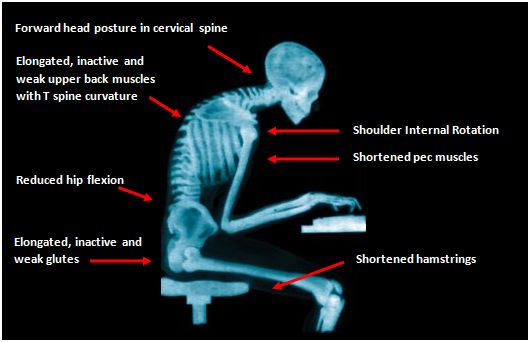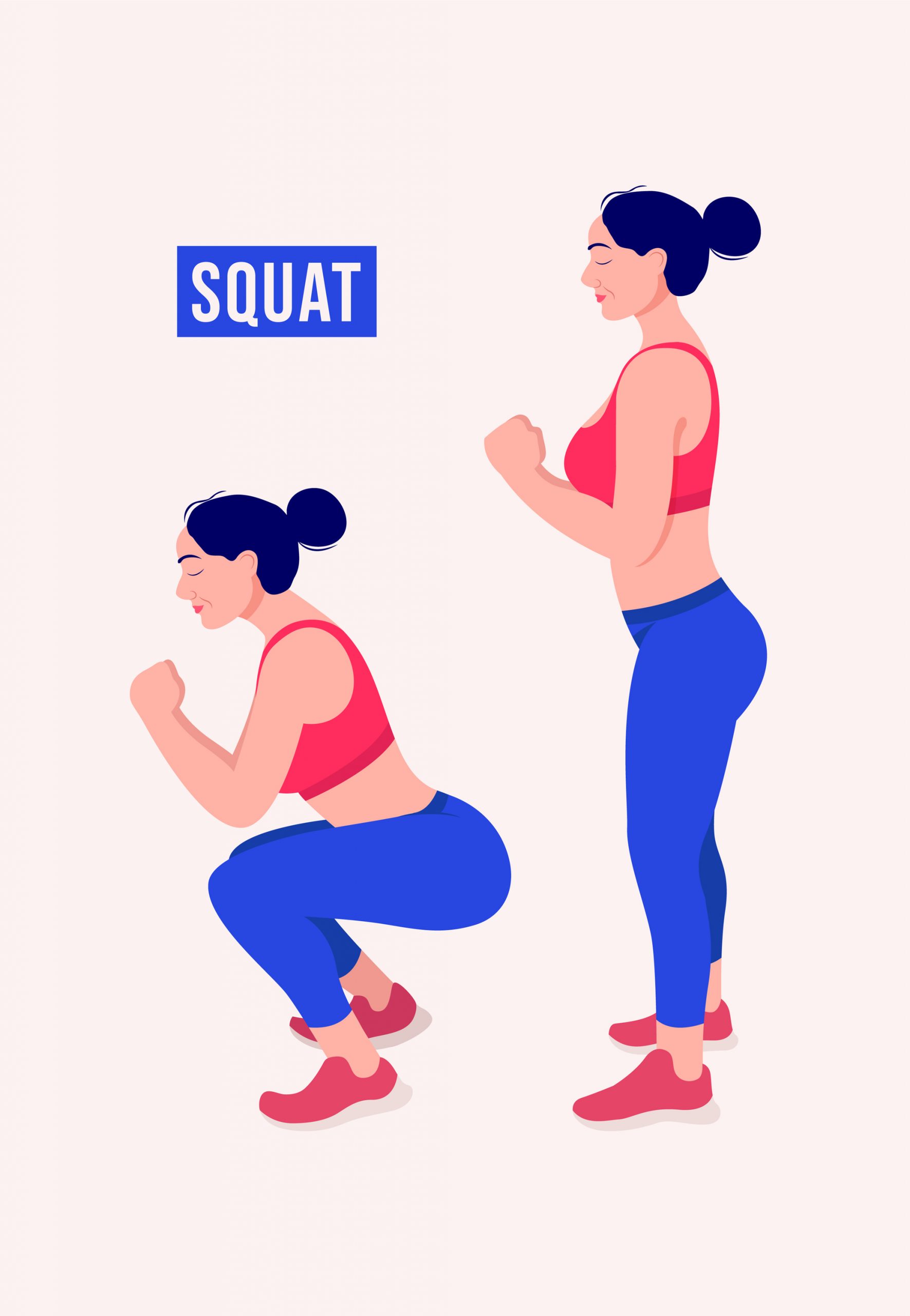Flexibility can be defined as "(...) the ability of a joint or series of joints to move through an unrestricted, pain free range of motion. Although flexibility varies widely from person to person, minimum ranges are necessary for maintaining joint and total body health."* A lack of flexibility in certain areas of the body can lead to
Simply put: our risk for injury increases, our quality of life decreases if we don't take care of our flexibility.
You've probably heard the saying "sitting is the new smoking". We all know that we should sit less, move more and the fact that you are reading this is a good indicator that you are well aware of the importance of movement.

As toddlers we are usually able to move without any restrictions, without having to exercise. Once we get into school and are forced to sit for 6-8 hours or more per day, our body starts adapting to the chair and tables that are not ergonomically designed and do not adapt to our individual bodies at all.

Of course there are other reasons why one becomes less flexible such as Scheuermann's disease, a condition in which a child has too much curvature (or kyphosis) in the middle of the back. In any case, taking care of one's flexibility is very important. Being able to move like a toddler throughout our entire life span is what we should aim for.
Stretching can be very boring sometimes. I myself am guilty of skipping stretching most of the times after my workout. But even without a weekly stretching routine you can become or stay highly flexible by focusing on one thing: performing full range of motion when exercising. Studies have found that strength training can increase range of motion equal to, and in some cases greater than, static stretching.
Let's take the hamstrings (the muscle behind your thigh and knee) as an example. If you work in an office then your hamstrings are most likely in a shortened position for an extended period of time, day after day. When you exercise and do squats or leg presses on the machine but neglect to fully extend your legs your hamstrings remain in a shortened position. Simply by making sure that you extend your legs in each repetition of your squat or leg press (given a controllable weight) you are lengthening your hamstrings after a long day in the office.

Whether you're too lazy to stretch or simply don't have much time to cover everything in a week, you can save time and gain more flexibility by focusing on quality first in each repetition. As famous football coach Vince Lombardi once said: "Practice doesn't make perfect. Only perfect practice makes perfect." Find a mirror, do a few repetitions and see if there are any movements that could improved. However, adding a few minutes of stretching after your workouts or making time every now and then to just focus on stretching is still highly recommended. Or just do a yoga class every now and then.
My good friend Fabian, CrossFit box owner, loves to combine everyday-tasks with mobility exercises, for example brushing your teeth in a deep squat position. One of my favourite exercises is the windmill with the Exerbell. This strength/mobility exercise really "opens" you up: it improves your flexibility, core and shoulder strength as well as posture in one simple exercise.
Tommy Chang is a movement coach, medical training therapist and co-founder of Exerbell.
Sources:
*https://health.ucdavis.edu/sportsmedicine/resources/flexibility_descriprion.html
**https://foreverfitscience.com/strength-training/does-using-a-full-range-of-motion-increase-muscle-growth/
TOGETHER IS BETTER
Follow us on Instagram
@Exerbell